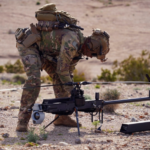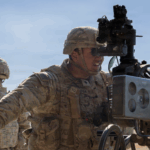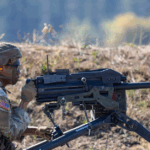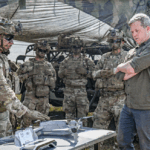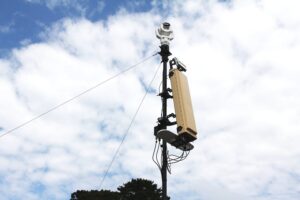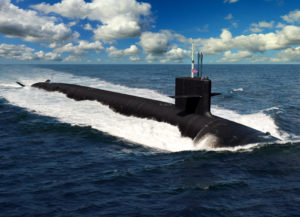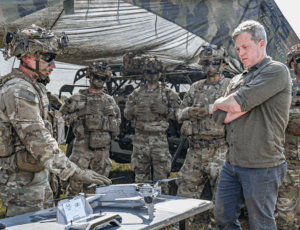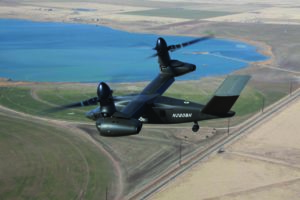
DENVER — The Army is planning to reach a first unit equipped milestone for its Bell [TXT]-built Future Long Range Assault Aircraft (FLRAA) in fiscal year 2031, a senior official said, noting that Sikorsky’s [LMT] protest of the program award pushed that date by about a year. “The protest put us about a year later, but we are working steadily on that. And I would say the team came together this past quarter and did a tremendously detailed plan to…

 By
By 